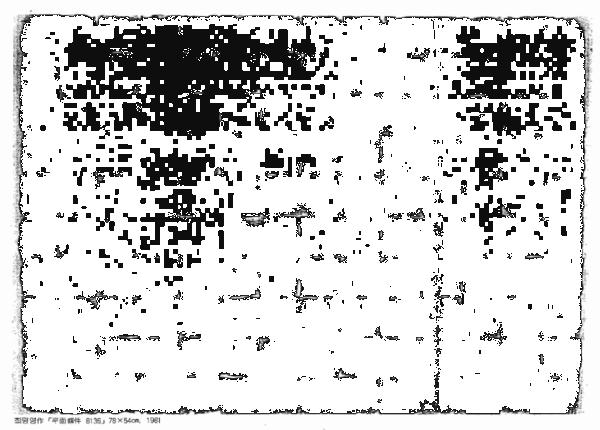CHOI MYOUNG YOUNG Korean, b. 1941
Born in Haeju, Hwanghae Province, North Korea, in 1941, Choi Myoung Young fled to South Korea during the Korean War when he was just 11 years old. His family had to be torn apart, and he and his brothers had to manage to live without parents, as displaced persons in Gunsan and Incheon. During his childhood, he was captured by an idea of the conditions of human life as suffering, survival, asceticism, and salvation.
He started studying painting in 1960 at the Hongik University College of Fine Arts, having previously studied under master artist Chung Sanghwa at the Incheon National School of Education. To Choi, canvas is a conditioned land for painting. Metaphorically canvas is a body as well as the condition of living.
Therefore, a painter needs to accept the absolute flatness of canvas as a rational condition of painting, and this belief became the starting point of his work. He joined two groups: Origin (1963- ) and the Korea Avant-Garde Group (A.G., 1969-1975), which played significant roles in the history of modern and contemporary Korean art, and where he developed his own practice and ideas.
The Conditional Planes series symbolizes his artistic journey throughout his work, since the 1970s. This style emphasizes the flat surface of the canvas, aligning him with the Dansaekhwa paintings, which are characterized by geometric, simple, clear lines and forms in primary colors. His particular style in this era was based on the idea of the creation and extinction of traces on canvas by using fingerprint and sandpaper.
Choi Myoung Young's artistic approach took a meditative turn in the mid-1970s. He adopted a unique technique, applying layers and layers of paint using a roller, akin to a calligrapher's single stroke, to complete a letter. Choi has persistently explored using his body and the relationship between the canvas plane and the medium of paint, repeatedly drawing the same pattern on canvas until he achieves the meditative and spiritual practice that resonates with traditional literati painting in the East Asian classical painting.
After the mid-1980s, his painting comprised horizontal and vertical lines, building up surfaces, created through repeated layering of strokes. Choi has compared his production method to the Buddhist tradition of transcribing scriptures, implying that he considers his painting process a form of self-discipline. He has since been producing an ongoing series of monochrome paintings, Conditional Planes, resuming his exploration of the nature of the plane as a painting space.
1941년 북한 황해도 해주에서 태어난 최명영은 한국전쟁 발발 시 남한으로 피난했다. 전쟁으로 가족들은 뿔뿔이 흩어졌고, 당시 11살이었던 최명영은 형제들을 돌보며 군산과 인천에서 실향민으로 살아갔다. 어린시절 그는 고통, 생존, 고행과 구원이라는 인간의 삶의 조건에 대해 고민하게 된다.
인천교대에서 정상화 화가에게 사사받고 1960년에 홍익대학교 미술대학교에서 미술공부를 이어갔다. 최명영에게 캔버스는 회화의 기본 조건이자 삶의 조건이었다. 캔버스의 절대적 평면성을 급진적으로 받아들이는 것이 곧 그의 작업의 출발점이 된다. 그의 이러한 신념은 한국 근현대 미술사에서 주요한 역할을 한 두 그룹인 오리진(1963-)과 한국아방가르드그룹(1969-1975) 활동을 통해 발전되었다.
평면조건 시리즈는 1970년대부터 시작되어 그의 전 작품을 관통하는 상징적인 작품이다. 캔버스의 평면을 강조하는 그의 스타일은 원색의 기하학적이며 단순한 선과 형태를 특징으로 하는 한국의 단색화에 속한다. 이 시기의 작품은 이일 비평가가 강조한 개념인 확장과 환원에서 영감을 받아 지문과 사포를 사용하여 캔버스 위에 흔적을 만들고 소멸시키는 작업방식으로 특징지어진다.
1970년대 중반 그의 작품경향은 정신적 수행의 방식을 띠게 된다. 그는 서예에서 한 획을 그리듯이 롤러를 이용해 물감을 겹겹이 반복적으로 펴 바르는 방식으로 작품을 완성했다. 화가의 사의(寫意)를 표현하며 정신적인 수행을 목적으로 하는 동아시아 문인화의 전통의 맥락에서 작가는 캔버스의 평면과 물감이라는 매체의 관계를 자신의 몸을 통해 탐구해왔다.
1980년 중반 이후의 작품경향은 수평선과 수직선이 반복되며 표면을 구축하는 방식으로 구성된다. 최명영은 이와 같은 제작방식을 불교에서 경전을 필사하는 자기 수련의 과정으로 여긴다. 그는 회화의 공간으로서 평면의 본질에 대한 탐구를 지속하며 평면조건 시리즈를 제작하고 있다.
-

CHOI MYOUNG YOUNG
21 Apr - 29 May 2022CHOI MYOUNG YOUNG 21 April - 29 May 2022 The Page Gallery EAST The Page Gallery is pleased to present CHOI MYOUNG YOUNG, the artist’s third solo show at the...Read more -

形影, 十方 Hyeongyeong, Sibang
2 Jun - 18 Jul 2021形影, 十方 Hyeongyeong, Sibang 03 June - 18 July 2021 The Page Gallery WEST The works of Chu-sa Kim Junghi, Lee Ufan, Choi Myoung Young, and Choi In-soo will be...Read more -

Choi Myoung Young: Conditional Planes II
21 Jun - 28 Jul 2019Choi Myoung Young: Conditional Planes II 21 June - 28 July 2019 The Page Gallery EAST Choi Myoung Young has endeavored coherence in his oeuvre for the past decades,...Read more -

Choi Myoung Young: Conditional Planes I
12 Aug - 20 Sep 2015Choi Myoung Young: Conditional Planes I 12 Aug - 20 Sep 2015 The exhibition introduces Myoung Young Choi’s (b.1941) oeuvre, whose significance ranges from the 1970s to the...Read more
-

A Korean Gallery Seeks to Expand Its Reach
The New York Times February 29, 2024By David Belcher Reporting from Seoul Feb. 29, 2024 In the Seongdong neighborhood of hipster bars and pedestrian streets crowded with the well heeled, the...Read more -

삶을 초월하는 아름다움
Living Sense January 12, 2024매일 숨쉬듯, 호흡하며 붓을 들다 세상에 대한 순수한 호기심을 가진 작가의 작품은 사람을 얼마나 깊어지게 하는가 . 한국 단색화의 거장 최명영 작가의 작품이 그렇다 ....Read more -

최명영의 '悟 68-C' 국립현대미술관 '한국의 기하학적 추상미술' 전시작
뉴시스 November 15, 2023국립현대미술관은 15일 경기도 국립현대미술관 과천관에서 1920년대부터 1970년대를 중심으로 국내에서 전개된 기하학적 추상미술의 역사를 조망하는 기획전 '한국의 기하학적 추상미술' 언론공개회를 갖고 최명영 작가의 작품 '悟 68-C'(오른쪽)를...Read more -

최명영, 평면에 다가가며 ‘지워서 그린’ 그림
세종문화N October 25, 2023이것은 ‘그린 그림’이 아니다. 설명 하자면 ‘지운 그림’이다. 세종대극장 북측계단의한자리를지키고있는 최명영 b . 1941 의 < 평면조건 2105 > . 언뜻보면,허연바탕위에수직·수 평의 직선을 무작위로 그어놓은...Read more -

평면이 정신이 될 때
W Korea October 12, 2023최명영 화백이 살아온 이야기를 듣고 있노라면 영화나 소설 같은 장면들이 숱하게 펼쳐진다. 1941 년 황해도 해주에서 태어나 한국전쟁 때 월남해 인천에서 자랐으며, 1950 년대 후반...Read more -

Choi Myoung Young Conditional Planes
Almine Rech September 7, 2023Almine Rech is pleased to announce the representation of Korean artist Choi Myoung Young in Europe, US, UK, and Asia (except Korea and Japan). The...Read more -

Only the Young: Experimental Art in Korea, 1960s–1970s
Guggenheim Museum September 1, 2023A group exhibition, “Only the Young: Experimental Art in Korea, the 1960s-1970s,” of Korean contemporary artists, including Choi Myoung Young, will be on view through...Read more -

SQUARE MAN: interview with CHOI MYOUNG YOUNG
VOGUE KOREA August 30, 2023 Read more -

"삶의 궤적을 담은 일기"…회화의 본질 탐구한 작가 최명영
TV CHOSUN 뉴스 May 12, 2023Read more -
![BMA 컬렉션, 미술관 보고(寶庫) 들여다보기] 167. ‘평면’의 실체를 탐구, 최명영 ‘Conditional Planes 8308’](data:image/gif;base64,R0lGODlhAQABAIAAAAAAAP///yH5BAEAAAAALAAAAAABAAEAAAIBRAA7)
BMA 컬렉션, 미술관 보고(寶庫) 들여다보기] 167. ‘평면’의 실체를 탐구, 최명영 ‘Conditional Planes 8308’
부산일보 May 18, 2022최명영(1941~)은 기하학적 패턴 중심의 추상적 회화를 통해 오랜 시간 ‘평면’의 실체를 탐구해 온 작가다. 그는 황해도 해주 출생으로 홍익대 회화과와 동 대학원을 졸업했고, 1974년부터 2007년까지...Read more -

최명영 더페이지갤러리 개인전
연합뉴스 April 26, 2022최명영 더페이지갤러리 개인전 = 1970년대 한국 단색화단 형성에 참여한 작가 최명영의 개인전이 서울숲 더페이지갤러리에서 열리고 있다. 작가는 2차원 평면으로 회화가 존재하는 방식을 끈질기게 탐구해왔다. 롤러로...Read more -
![[전시현장:인터뷰]단색화가 최명영‥추사 김정희 ‘一橫’과 흔적의 ‘평면조건’[4월21~5월29일, 더 페이지갤러리]](data:image/gif;base64,R0lGODlhAQABAIAAAAAAAP///yH5BAEAAAAALAAAAAABAAEAAAIBRAA7)
[전시현장:인터뷰]단색화가 최명영‥추사 김정희 ‘一橫’과 흔적의 ‘평면조건’[4월21~5월29일, 더 페이지갤러리]
Economic Review April 26, 2022청청한 바람이 내왕(來往)하는 양지바른 산등성 오랜 세월의 비문(碑文), 고고(孤高)한 수행이 피워낸 꽃 한 송이가 머금은 우주, 허세(虛勢)가 자리할 수 없는 평온의 숨결이 전시 공간 곳곳에...Read more -

Choi Myoung-young
신항섭 February 1, 2022 Read more -
![[화가탐구-단색화가 최명영 2-⑦] 단색화 ‘평면조건’‥유한과 무한의 공간조건 [1990~2014년]](data:image/gif;base64,R0lGODlhAQABAIAAAAAAAP///yH5BAEAAAAALAAAAAABAAEAAAIBRAA7)
[화가탐구-단색화가 최명영 2-⑦] 단색화 ‘평면조건’‥유한과 무한의 공간조건 [1990~2014년]
이코노믹 리뷰 December 14, 2021“질료를 화면위에 균등히 평평하게 반복 도포하는 최명영의 작업태도는 마치 승려의 묵언수행(默言修行)하는 방식이라 할 수도 있다. 예를 들어 사경(寫經)이라는 경문을 그대로 옮겨 적는 작업이라도 글씨 자체를...Read more -

A Conversation with an Artist: Choi Myoung Young
김복상 October 4, 2021 Read more -

50년간 평면조건 탐색한 최명영…‘고요한 말없음표 미술’
뉴스핌 June 27, 2019구구절절 많은 말을 들려주는 그림이 있는가 하면 그의 회화는 말이 없다. 단조롭다 못해 적막하다. 아무런 형상도, 주장도 없다. 그저 끝없이 반복되는 수직 수평의 붓질(스트로크)과 켜켜이...Read more

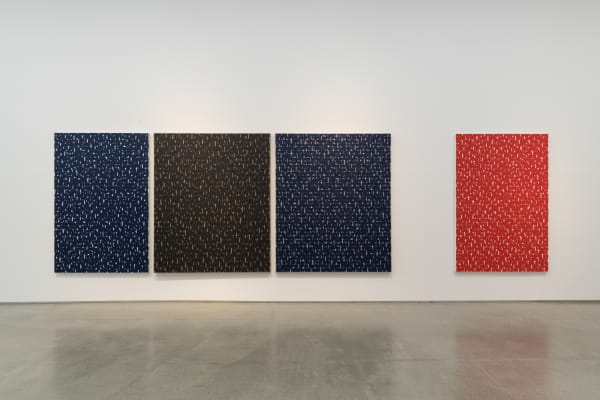
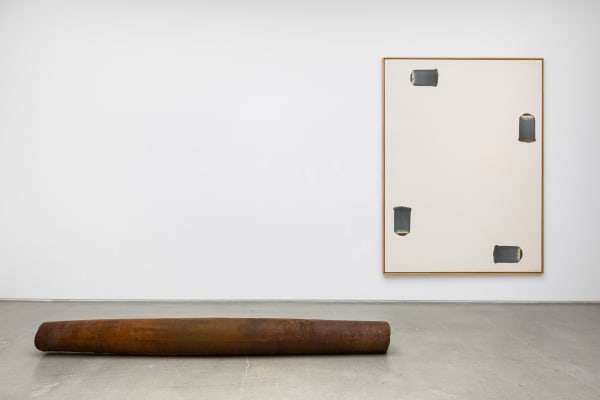

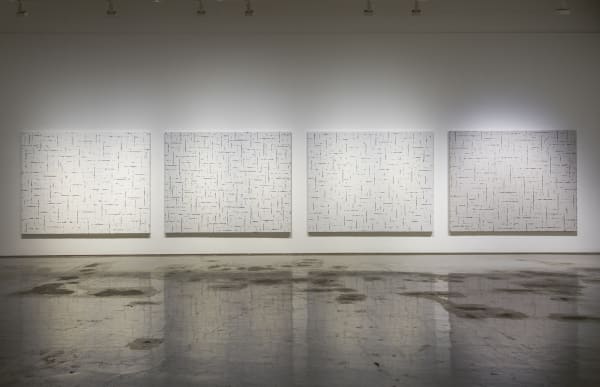
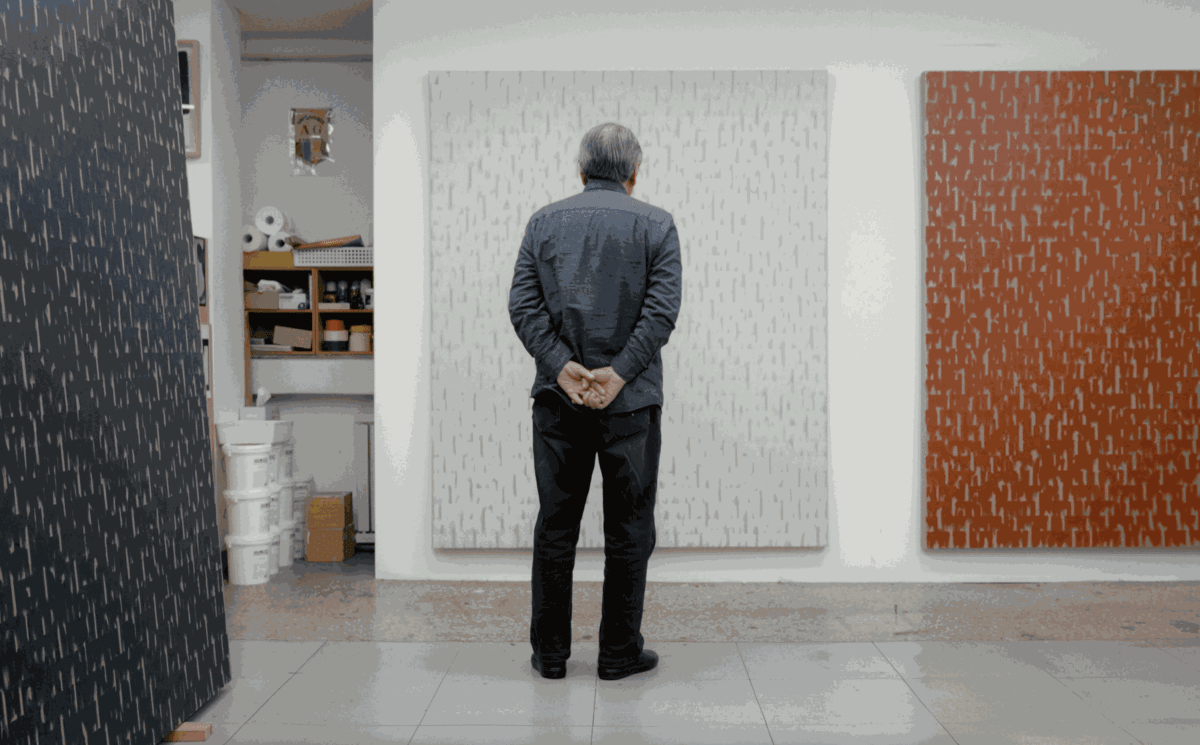
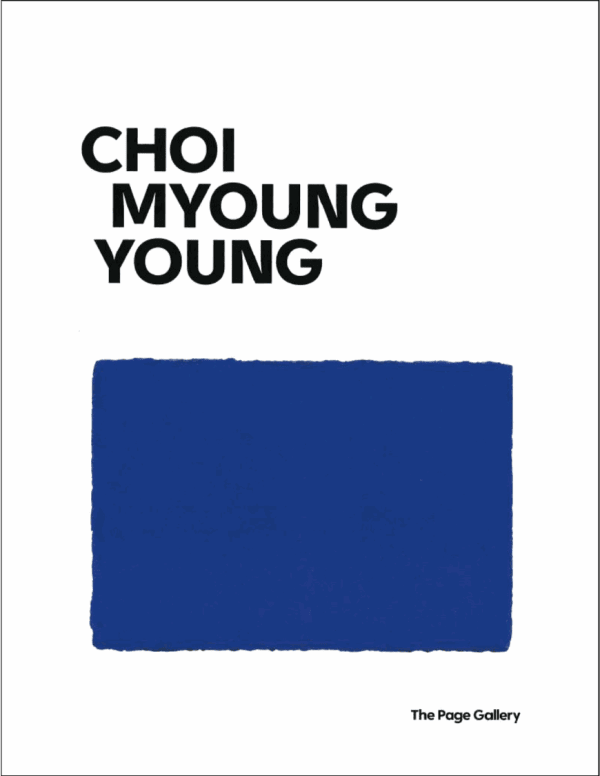
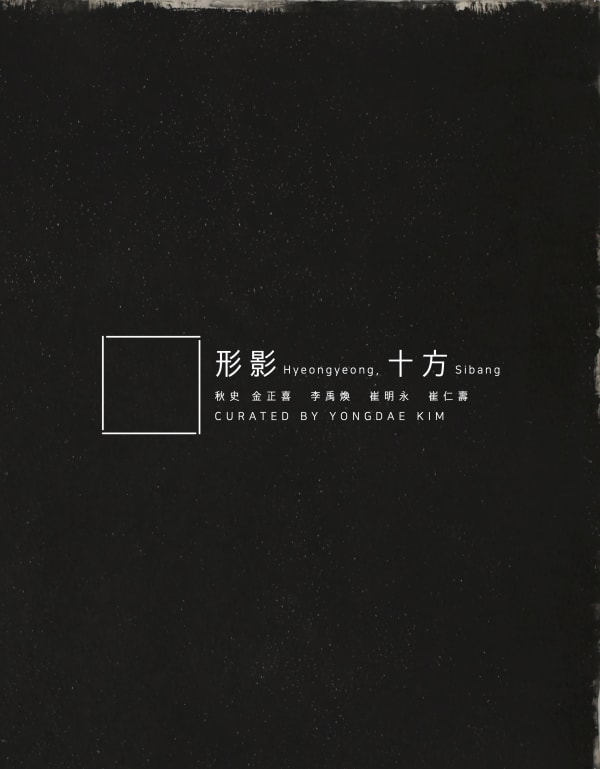




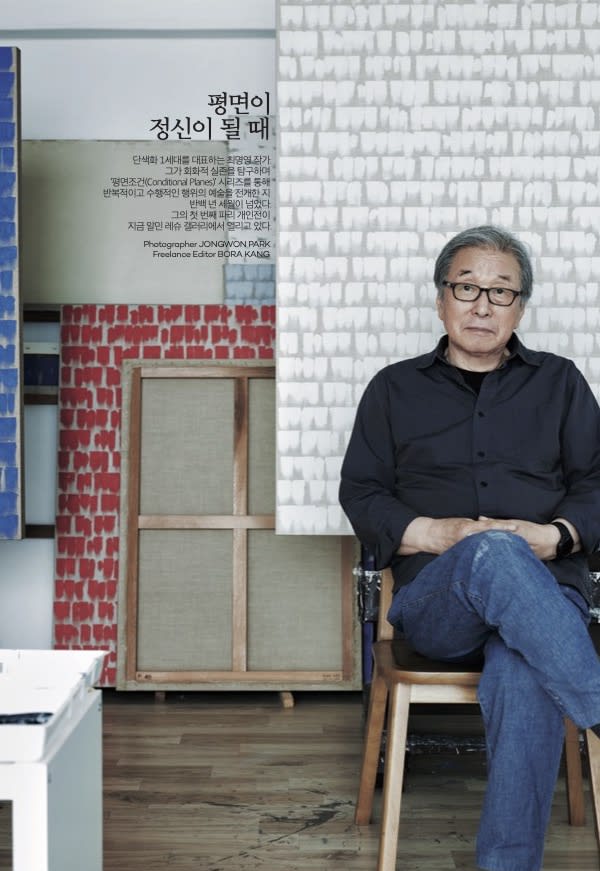


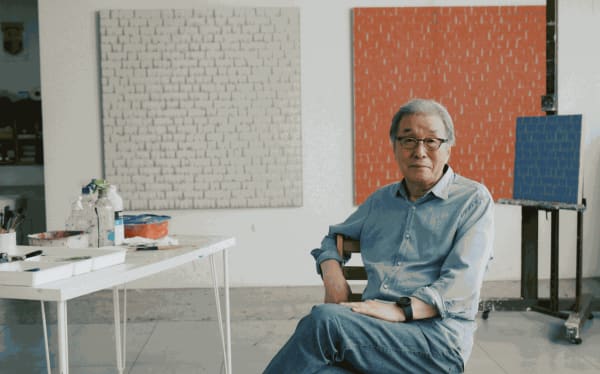
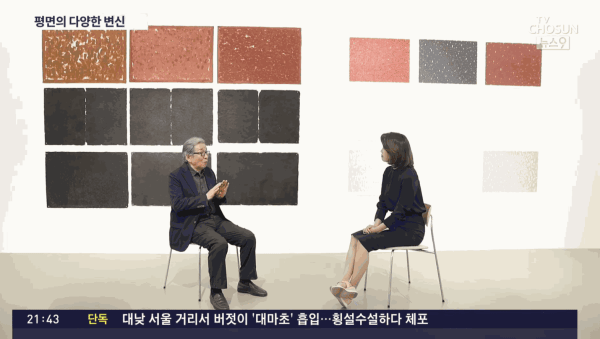
![BMA 컬렉션, 미술관 보고(寶庫) 들여다보기] 167. ‘평면’의 실체를 탐구, 최명영 ‘Conditional Planes 8308’](https://artlogic-res.cloudinary.com/w_600,c_limit,f_auto,fl_lossy,q_auto/ws-artlogicwebsite1534/usr/images/news/main_image/20/2022051818500853646_l.jpg)
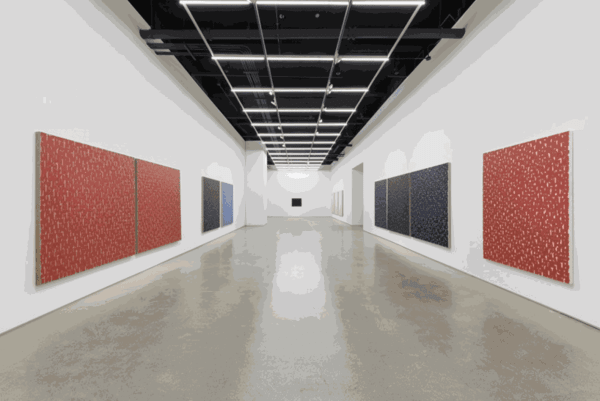
![[전시현장:인터뷰]단색화가 최명영‥추사 김정희 ‘一橫’과 흔적의 ‘평면조건’[4월21~5월29일, 더 페이지갤러리]](https://artlogic-res.cloudinary.com/w_600,c_limit,f_auto,fl_lossy,q_auto/ws-artlogicwebsite1534/usr/images/news/main_image/22/573492_495412_84.jpg)
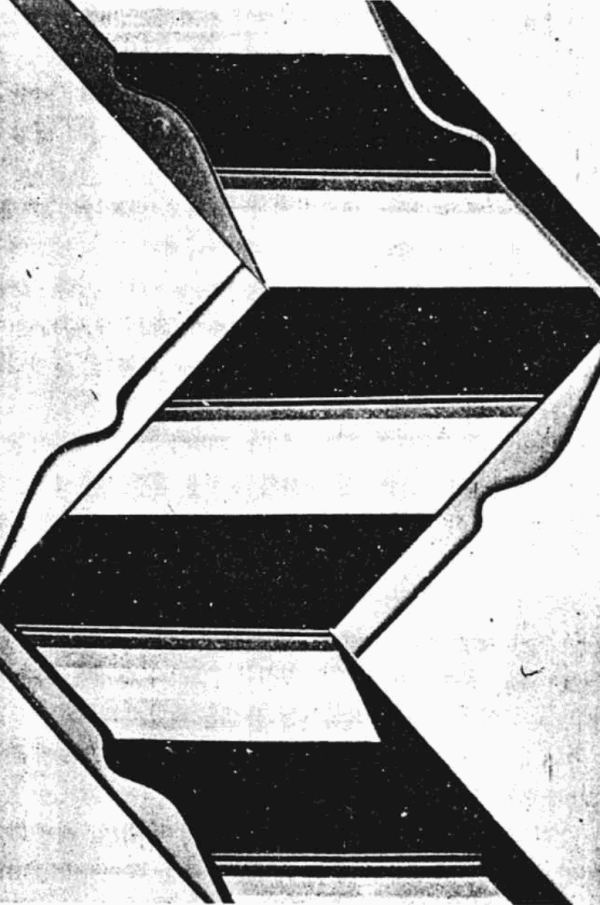
![[화가탐구-단색화가 최명영 2-⑦] 단색화 ‘평면조건’‥유한과 무한의 공간조건 [1990~2014년]](https://artlogic-res.cloudinary.com/w_600,c_limit,f_auto,fl_lossy,q_auto/ws-artlogicwebsite1534/usr/images/news/main_image/67/558836_476500_5457.jpg)
